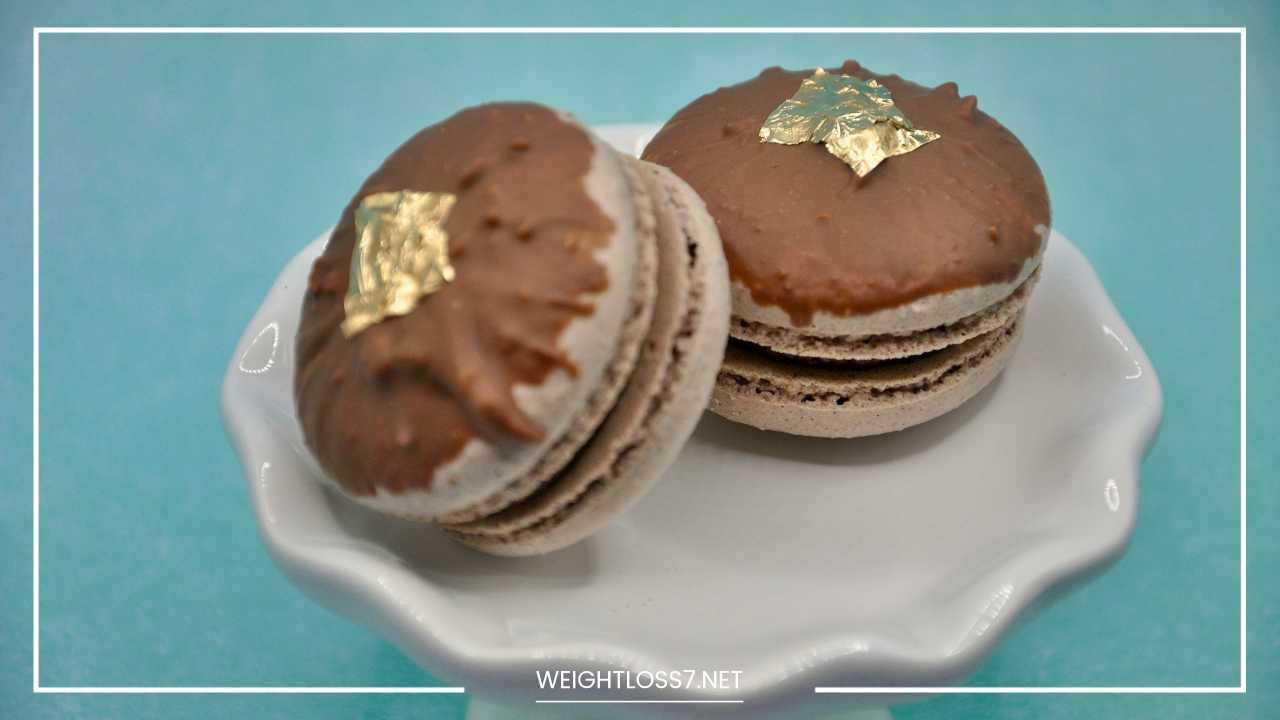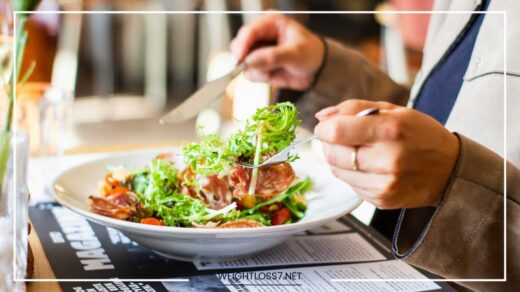The Risks and Benefits of Ingesting Gold: Is it Safe to Eat?

Ingesting Gold
Ingesting Gold: Unveiling the Myth Behind the Metallic Sheen
Gold. Its gleaming allure has captivated humanity for millennia, symbolizing wealth, power, and even immortality in various cultures. From adorning pharaohs in ancient Egypt to crowning royalty across the globe, this precious metal has held a place of mystique.
But what happens when the desire to possess gold transcends mere ownership and delves into the realm of consumption? The internet is rife with conflicting information about the supposed health benefits of ingesting gold.
Before you embark on a quest for a gilded gut, let’s delve into the science and separate the shimmering myth from the solid facts.
The Enchantment of Edible Gold: A Culinary Craze or Cultural Legacy?
Edible gold, often appearing as delicate flakes or paper-thin sheets, has become a popular embellishment in high-end cuisine. It adds a touch of opulence to dishes, transforming them into shimmering creations.
However, its presence rarely contributes any flavor or nutritional value. The allure of edible gold seems to stem from its association with luxury and extravagance.
Imagine the feeling of indulging in a dish adorned with a precious metal – a culinary experience fit for royalty. However, before succumbing to the glittery temptation, it’s crucial to understand the science behind this practice.
Debunking the Myth: A Historical Perspective on Medicinal Gold
The belief in the medicinal properties of gold stretches back centuries. Ancient civilizations, from the Egyptians and Romans to the Chinese, incorporated gold into various remedies for a multitude of ailments.
However, these practices were rooted in limited scientific understanding and primarily relied on anecdotal evidence. Modern medicine has debunked most of these claims, revealing the limitations of gold’s purported health benefits.
The Inert Enigma: Why Gold Doesn’t Live Up to the Hype
Here’s why ingesting gold isn’t exactly a recipe for a healthier you:
- The Unreactive Guest: Gold is a chemically inert element. This means it doesn’t readily interact with other substances in the body. Unlike essential vitamins and minerals, gold simply passes through the digestive system undigested. It essentially takes a scenic tour of your digestive tract before exiting the body in your stool.
- The Potential for Toxicity: It’s important to differentiate between edible gold and gold salts used in specific medical procedures. Some gold salts can be toxic if ingested. However, edible gold is usually 24-karat gold, considered generally non-toxic. But remember, “non-toxic” doesn’t equate to “beneficial.”
Beyond the Glimmer: Potential Risks Associated with Ingesting Gold
While ingesting small amounts of edible gold might not cause immediate harm, there are some potential risks to consider:
- The Accumulation Enigma: Regularly consuming gold, even in small quantities, could lead to a buildup in the body. The long-term effects of this accumulation are still shrouded in mystery. Research is ongoing, but the potential consequences remain unknown.
- The Nano Question Mark: Some edible gold preparations might contain nanoparticles. These microscopic particles have unique properties that raise concerns about their potential health risks when ingested. The research in this area is still evolving, and the long-term effects of ingesting nanoparticles are not fully understood.
- Contamination Concerns: While edible gold is generally considered safe for consumption, it’s crucial to ensure it comes from a reputable source and is free of contaminants. Just like any food product, the quality and safety of edible gold can vary.
Sparkle with Alternatives: Healthier and Safer Options for Culinary Flair
If you’re looking to add a touch of elegance and visual appeal to your dishes, there are safer and healthier alternatives to edible gold:
- Mica Powder: This naturally occurring mineral comes in various colors, including a stunning gold hue. It adds a shimmery effect to food items and is generally considered safe for consumption.
- Edible Glitters: Made from sugar or other food-grade ingredients, edible glitters offer a vibrant, sparkly option. They come in a variety of colors, including a dazzling gold, and can elevate the visual presentation of your creations.
- Spice Mixes: Certain spice mixes like turmeric or saffron can add a beautiful golden hue to your dishes. Not only do they enhance the visual appeal, but they also boast several health benefits due to their antioxidant properties. Turmeric, for example, has anti-inflammatory properties, while saffron is known for its mood-boosting effects.
Focus on Real Food for Real Health Benefits
Instead of chasing the allure of edible gold, it’s far more beneficial to focus on incorporating real, nutrient-rich foods into your diet. Fruits, vegetables, whole grains, and lean protein are the building blocks of a healthy lifestyle.
These powerhouses provide essential vitamins, minerals, and fiber that your body needs to thrive. They aren’t just good for you; they offer you a symphony of flavors and textures that can be just as delightful as the visual appeal of edible gold.
The Allure of the Placebo: Can Belief Outweigh Science?
The human mind is a powerful thing. The placebo effect, the phenomenon where a person experiences a perceived benefit from a treatment that has no inherent therapeutic properties, is a testament to this power.
Some people who ingest gold might experience perceived health benefits due to the placebo effect. The belief that they are consuming something luxurious and potentially health-enhancing could lead to feelings of well-being, even if the gold itself has no impact on their health.
A Global Glimpse: Regulations and Considerations Around Edible Gold
Regulations surrounding edible gold vary from country to country. In the United States, the Food and Drug Administration (FDA) considers edible gold, also known as gold leaf (E 175), to be a safe food additive.
However, it’s important to check the regulations in your specific location before incorporating edible gold into your culinary creations.
Beyond the Bling: Ethical Considerations of Edible Gold
The pursuit of luxury shouldn’t come at the expense of the environment or human well-being. Gold mining can have significant negative environmental impacts, including deforestation, water pollution, and soil degradation.
Additionally, some gold mining operations have been linked to unethical labor practices and human rights abuses. Before incorporating edible gold into your dishes, consider the ethical implications of this choice.
A Final Note: Knowledge is Power
Remember, this blog post is intended for informational purposes only and should not be taken as medical advice. It’s always crucial to consult with a healthcare professional before making any significant changes to your diet or incorporating unfamiliar ingredients.
They can provide personalized guidance based on your individual needs and health history.
In Conclusion: Embrace Real Food, Not the Glimmer of Gold
While edible gold might add a touch of extravagance to a dish, it offers no proven health benefits. There are safer and healthier alternatives that can elevate the visual appeal of your food.
Focus on creating a balanced and nutritious diet rich in fruits, vegetables, whole grains, and lean protein. These real food heroes will nourish your body and provide the foundation for a healthy and vibrant life. Let your culinary creativity shine with real ingredients, not just the glimmer of gold.
The Allure of Luxury: A Deeper Dive into the Cultural Significance of Edible Gold
Edible gold’s presence transcends mere culinary decoration. It delves into the realm of cultural symbolism and the human fascination with luxury. Here’s a deeper exploration of this phenomenon:
- A Status Symbol Across Eras: Throughout history, gold has been associated with wealth, power, and prestige. From the opulent palaces of ancient empires to the glittering crowns of royalty, gold has signified a position of privilege. Consuming gold, even in minute quantities, becomes a way to partake in a symbolic act of affluence.
- Theatricality in Food Presentation: Food presentation has evolved into an art form, and edible gold adds a touch of drama and intrigue to a dish. It transforms a meal into an experience, a spectacle that engages the diner even before the first bite. It’s a statement piece, a way to elevate the ordinary to the extraordinary.
- The Allure of Rarity: Gold is a finite resource, and its scarcity contributes to its allure. Consuming gold, even in small amounts, becomes a way to connect with that sense of rarity and exclusivity. It’s a way to indulge in something uncommon, a unique experience reserved for the privileged few.
Beyond the Plate: Edible Gold Applications in Unexpected Places
Edible gold isn’t confined to the realm of haute cuisine. Its applications extend to other areas, further exploring the concept of luxury and visual appeal:
- Luxurious Libations: High-end cocktails and beverages sometimes incorporate edible gold flakes for a touch of opulence. It adds a shimmer to the drink, creating a visually captivating experience.
- Confectionary Delights: Desserts adorned with edible gold flakes or dust are a common sight in luxury patisseries. It adds a touch of sophistication and elevates the presentation of these sweet treats.
- Artful Embellishment: Edible gold can be used to create intricate designs and patterns on food items, transforming them into edible works of art. It adds a touch of artistry and elevates the visual appeal beyond the realm of mere consumption.
A Balanced Perspective: Luxury Without Compromise
While edible gold offers a unique way to elevate the aesthetics of food and beverages, it’s important to maintain a balanced perspective. Here are some key takeaways:
- Focus on Flavor and Quality: The true essence of a culinary experience lies in the taste and quality of the ingredients. Don’t let the allure of gold overshadow the importance of deliciousness and using top-notch ingredients.
- Prioritize Health and Sustainability: A healthy diet rich in real, nutritious foods is paramount for well-being. Consider the ethical and environmental implications of gold mining before incorporating edible gold into your creations.
- Embrace Creativity: There are numerous ways to create visually stunning dishes without resorting to edible gold. Explore alternative ingredients and techniques to unleash your culinary creativity.
The Future of Edible Gold: Innovation and Sustainability
The future of edible gold might lie in innovation and a focus on sustainability. Here are some potential advancements:
- Sustainable Sourcing: Developing methods for ethically sourced and environmentally friendly gold production could pave the way for a more responsible use of edible gold.
- Biodegradable Alternatives: Research into edible and biodegradable alternatives to gold flakes could offer a sustainable solution for those seeking a touch of visual luxury.
- Flavorful Enhancements: Perhaps the future holds edible gold infused with flavors, adding a textural and taste element alongside the visual appeal.
Final Word A Golden Opportunity for Informed Choices
Edible gold presents a unique opportunity to explore the intersection of food, culture, and luxury. While it offers no proven health benefits, it can elevate the visual appeal of a dish and add a touch of theatricality to the dining experience.
However, it’s crucial to make informed choices. Consider the ethical and environmental implications, prioritize real food for health, and explore alternative ways to unleash your culinary creativity.
Remember, true luxury lies not just in the shimmer, but in the quality of the ingredients, the artistry of the preparation, and the joy of sharing a delicious and nourishing meal.

















